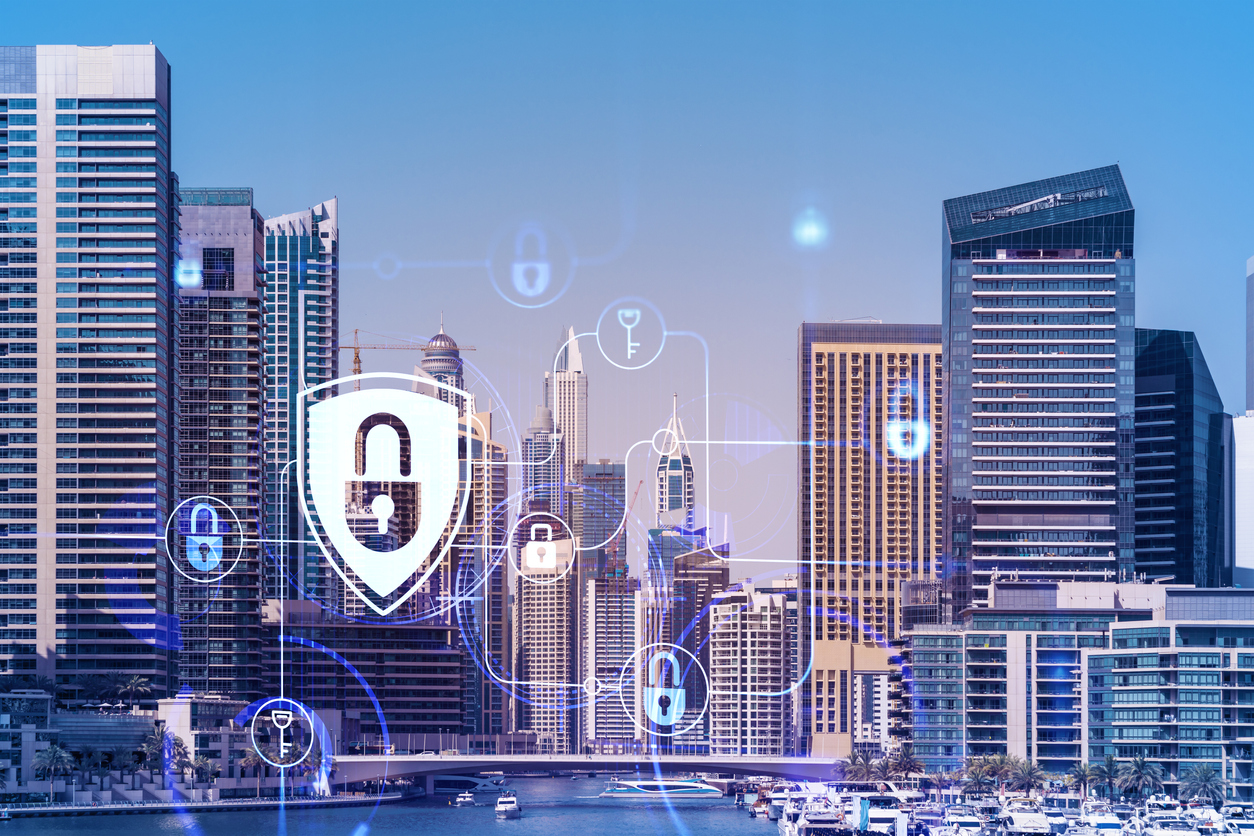Last week we discussed attack vectors. This week, we’ll delve into attack surfaces to round out your understanding of how security breaches happen and might be mitigated. Attack surfaces encompass the potential avenues that cybercriminals can exploit to compromise digital assets.
What Are Attack Surfaces?
Digital Attack Surfaces: Digital attack surfaces refer to the various points through which cybercriminals can infiltrate a computer system, network, or application. These may include software vulnerabilities, weak passwords, poorly secured wifi, exposed Bluetooth signals, etc. Understanding the setup and managing these digital entry points is crucial for maintaining a robust cybersecurity posture.
Physical Attack Surfaces: On the other hand, physical attack surfaces involve the tangible aspects of an organization’s infrastructure. This includes physical access points such as doors, windows, servers, live data ports in accessible places, or USB ports exposed to public or otherwise inappropriate access. While digital attack surfaces focus on virtual vulnerabilities, physical attack surfaces deal with real-world entry points that could be exploited by malicious actors.
Key Differences
Nature:
Digital Attack Surfaces: Virtual and software-related vulnerabilities.
Physical Attack Surfaces: Tangible and infrastructure-related vulnerabilities.
Exploitation Techniques:
Digital Attack Surfaces: Exploited through malware, phishing, and other cyber threats.
Physical Attack Surfaces: Exploited through unauthorized access, theft, or damage to physical assets.
Visibility:
Digital Attack Surfaces: Often invisible and require specialized tools for identification.
Physical Attack Surfaces: Visible and can be physically inspected.
Protecting Against Cyber Threats
Digital Attack Surfaces
Keep Software Updated: Regularly update your operating systems, applications, and antivirus software to patch known vulnerabilities. By doing so, even if a threat is introduced, it’s impact can be minimized. For example, an infected file is introduced, but antivirus scans, identifies and isolates the threat.
Strong Authentication: Enforce strong password policies, implement multi-factor or biometric authentication where possible, don’t share credentials. Easily cracked passwords, or none at all, are an invitation to cybercriminals. Everything accessible to a compromised account becomes accessible to them.
Network Security: Secure your network with firewalls, intrusion detection systems, and encryption to protect against unauthorized access. Only provide access to resources on an as-needed basis. Road warriors should have cellular data plans so shared wifi is not needed. Just what do they need access to from outside the office? Maybe it’s more restricted than when they are in the office to add one more hurdle against intrusion. In work-from-home situations, ensure the employee has a secure network on which to conduct business—ideally not a network shared by IoT devices, roommates and neighbors.
Employee Training: Educate all employees (C-Suite included!) about cybersecurity best practices, including recognition of phishing attempts and other social engineering tactics. All who work outside the office should be well educated on the vulnerabilities of Bluetooth and know how to enable/disable it as needed. The same goes for wifi use—they should know what to and not to use.
Recovery Options: Ensure robust backup procedures are in place in the event of data loss. Test these and have a plan for when they are needed.
Physical Attack Surfaces
Access Controls: Implement access control measures such as key card systems, biometric scanners, and surveillance cameras to restrict physical access. Screen locks on devices and screens blocked from inappropriate view. Those handling particularly sensitive data should have means to lock away sensitive papers and other items.
Secure Infrastructure: Ensure that physical infrastructure, such as servers and networking equipment, is housed in secure locations with controlled access. In public space, prevent access to device ports such as various USB and card reader slots. Data ports in walls should not be live. Ensure equipment cannot “walk away”. Users outside the office should protect their equipment as well, not leaving it unattended or in a parked vehicle.
Employee Awareness: Train employees to be vigilant about physical security, such as locking computers and devices when leaving their desk, ensuring no confidential information is visible or within hearing of an inappropriate audience, reporting any suspicious activity or individuals. If any device is lost or stolen, it should be reported immediately.
Environmental Controls: Implement environmental controls like fire suppression systems and climate control to safeguard physical assets. Site your assets in locations least likely to suffer from stray electrical jolts (not next to the building electrical panel) or from a burst pipe (near water or sewer lines, water tanks, compressors, etc.). Basements and attics, as well as many closets, make poor places to house data panels, switches and servers.
Understanding and managing attack surfaces are pivotal components of a comprehensive cybersecurity strategy. Regular assessments, robust security measures, and employee education form the pillars of a resilient defense against cybercrime.
Adapted from Art Gross posted with permission of Breach Secure Now


